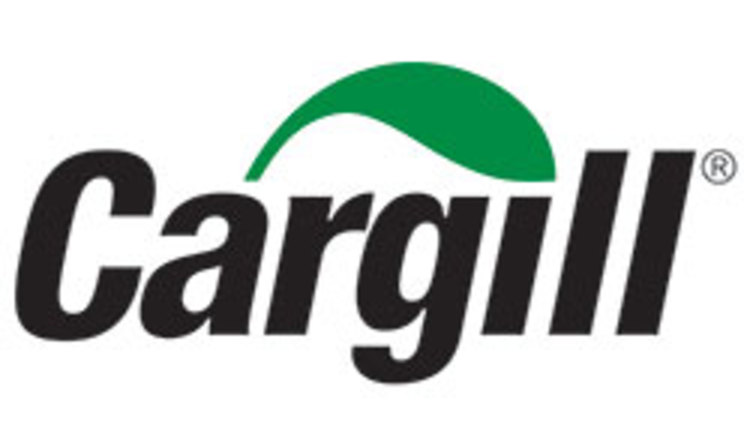
There’s more to NDF than we often think, and this goes for all forages. Fast and slow pools and UNDF240 were discussed by both speakers to get at the heart of fiber digestibility. Low UNDF240 is critical to predicting fiber digestion in cows, and even though no feedstuffs remain in the cow for that length of time, the analysis is used to predict KP and KD rates in high producing cows, and to understand the total kinetics of NDF digestion.
Small grain forages are a good double-cropping option as well as an excellent way to add a high yield of highly digestible fiber to your rotation. Not only do winter small grains give you a chance to bring extra tonnage from the same land area, they have very high NDFd values and low UNDF 240. Also, if the DM is low in small grains there is a lower probability of butyric acid formation compared to alfalfa silages. Dr. Canale’s data showed that the very worst grass or small grain is more digestible than the best alfalfa, and that another 4-5 lbs of milk is potentially achievable by replacing poor forage with highly digestible cereal silage.
In addition, 1 pound of rumen digestible starch can yield 2.7 lbs of milk.
Recumbent cows and time budgets are critical. Every hour of rest for a cow equals about 3.7 lbs of milk.
Dr. Jones shared his four rules for cow performance:
- Cow comfort
- Forage is King
- Better forage is BETTER
- Pregnancy rate – keep cows in the herd!
As he reminded us, “cows do not cause problems; cow problems are caused by people.” He also urged us to find bottlenecks in our production system by looking at industry and internal benchmarks. Fix the bottleneck or flow rate problem, then look for the next bottleneck. Repeat, repeat, repeat!
Dr. Jones also explained his Three Circles of Excellence:
Time budget-
- Time to milk, time in transit, time to eat and drink and rest. No more than four hours out of the day should be spent away from feed, water, and beds.
- When is she fed? Feed 50 percent or more of DMI so it is present at the exit of the parlor. If you are tie stall herd, feed before you milk.
- Cows and managers shouldn’t see the concrete or tiles under the feed until after noontime. Every spot of concrete or feed liner visible is $1 in lost milk value.
- No more than one hour in headlocks.
- Feed 105-110 percent of actual DMI; push feed up every two hours.
What does the cow experience in a year-long time budget?
- Group changes can knock off 6 lbs/cow/day
- Social groups are needed to restore, boss cows, water placement and number of waterers (never less than two for any size group)
- Pen population size is critical for social groups – 2-100 cows you have a single group; 100-300 cows and you have 2 groups
- Over 300 cows in a pen and you have no social groups.
- Dr. Jones recommends only 1 ration be fed.
- Two more time points are critical: when is she bred and confirmed, and how long is the cow dry? She required 55-60 days dry.
Two year cycle of growth for heifers. Maternity pen clean and dry, calves in hutches.
- Always wean calves in even numbers (they are herd “prey” and everyone needs a buddy).
- Always wean into groups of 20 or less
- Breeding at 13 months, vaccinate, feed
Though cow management is a key to productivity, recovering milk production starts in the field, with more and better forage. I connected with this message because King’s AgriSeeds emphasizes building a profitable operation on a foundation of high energy forages grown on the farm. In our product selection process, we look for the genetics that lead to the most digestible products.
By David Hunsberger, King’s AgriSeeds Inc.





